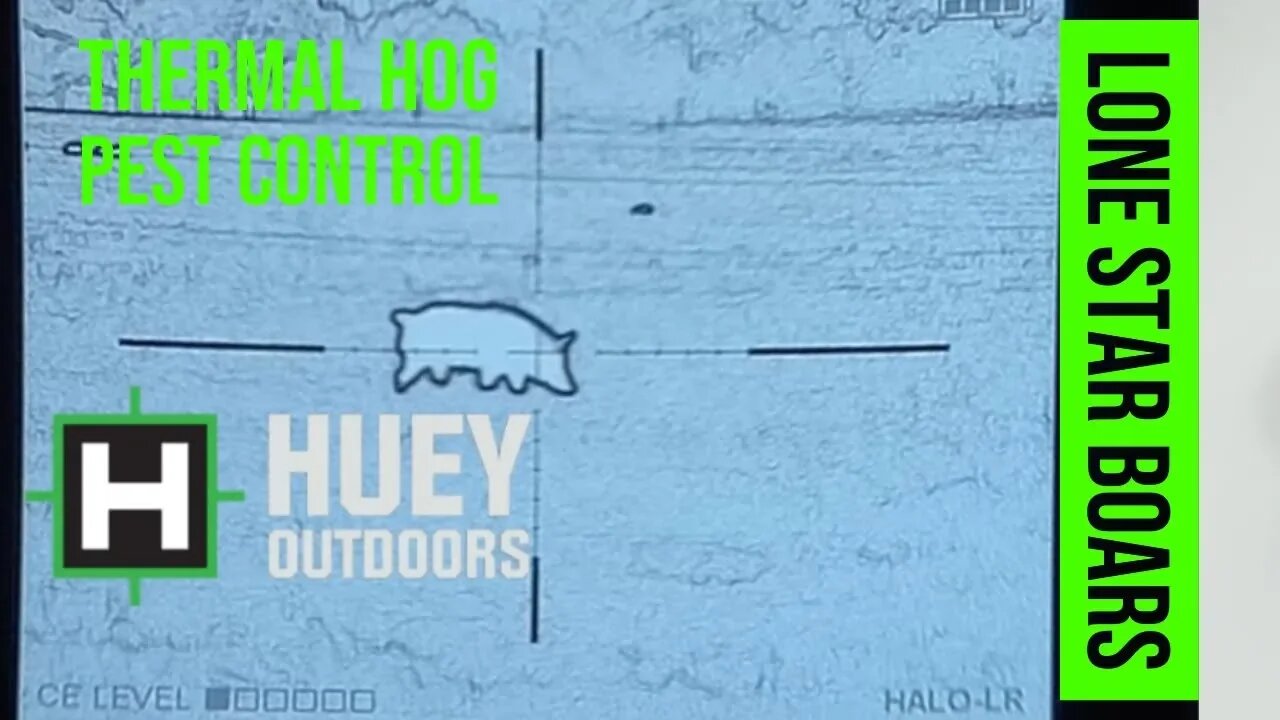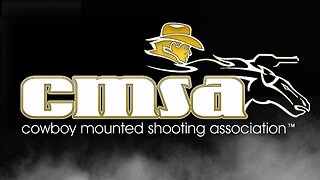Premium Only Content

FERAL HOG PEST CONTROL IN TEXAS
Halo 50mm available here. https://www.hueyoutdoors.com/product/n-vision-halo-lr-50mm/
Feral hogs are a invasive species in Texas. Hogs cause millions of dollars in damage in the form of damaged crops, contaminated water supplies, broken equipment, transmission of diseases and injury to livestock.
Feral swine compete with native wildlife for multiple resources, specifically food, habitat, and water. Feral swine diets overlap with those of native wildlife, such as bear, deer, and turkey, which results in competition for important and limited natural food supplies. Feral swine activity will often deter other species from living in an area, resulting in competition over prime habitat. Feral swine wallow in mud to maintain proper body temperature which can be particularly problematic during dry seasons when they monopolize and contaminate limited water sources.
Feral swine also prey directly on the nests, eggs, and young of native ground nesting birds and reptiles, including threatened or endangered species. Game birds such as wild turkeys, grouse, and quail can also be impacted. Feral swine have even been documented killing and eating deer fawns, and actively hunting small mammals, frogs, lizards, and snakes.
Feral hogs wallows are prime mosquito habitat which contributes to the prevalence of various mosquito-borne diseases. Wallows can also be a place of transmission for bacteria and parasites from feral hogs to native wildlife that come to drink.
Due to their intelligence, adaptability, and prolific breeding habits, traditional methods of hunting and trapping have been largely ineffective in reducing the feral hog population. The introduction of night vision and thermal optics has greatly increased landowners' ability to mitigate the destruction caused by feral hogs.
Feral swine are not considered game animals in Texas and may be hunted by any means or methods at any time of year.
-
 1:26:01
1:26:01
Roseanne Barr
10 hours ago $19.06 earnedAbsolutely Fabulous W/ Shannon Hughey #94
73.6K22 -
 4:53:16
4:53:16
SynthTrax & DJ Cheezus Livestreams
21 hours agoFriday Night Synthwave 80s 90s Electronica and more DJ MIX Livestream THE NEW MODEL - Variety Edition
41.9K7 -
 LIVE
LIVE
Anthony Rogers
1 day agoAnthony Rogers Show - 24/7 Stream
461 watching -
 2:11:55
2:11:55
Total Horse Channel
15 hours ago2025 CMSA Extravaganza | Mounted Shooting
42.3K1 -
 4:50:33
4:50:33
VapinGamers
6 hours ago $3.09 earnedGedonia 2 - Early Release Preview and Co-Stream! - !game #Sponsored
47K -
 1:32:39
1:32:39
Glenn Greenwald
11 hours agoWeek in Review: Trump's Tariffs, Ukraine Negotiations, Possibility of War with Iran, and More with Glenn Greenwald, Lee Fang, & Michael Tracey | SYSTEM UPDATE #438
135K59 -
 5:01:00
5:01:00
EnDuEnDo
5 hours ago🚨Vairety Stream 🎮 Push to 500 Followers 🚀 Chill Vibes 😎
23.2K1 -
 4:25:53
4:25:53
Nerdrotic
11 hours ago $37.35 earnedMarvel Is SCREWED | Daredevil Afterbirth | G20 is ABSOLUTE Cinema - Friday Night Tights 349 w MauLer
140K32 -
 56:03
56:03
BonginoReport
11 hours agoICE Boss Wants Deportations To Run like Amazon Prime - Nightly Scroll w/Hayley Caronia (Ep.25)
140K85 -
 45:12
45:12
Sarah Westall
8 hours ago“Most Important Story of the Decade” Globalists Move to Fund World Gov w/ Alex Newman & Sam Anthony
70.5K13